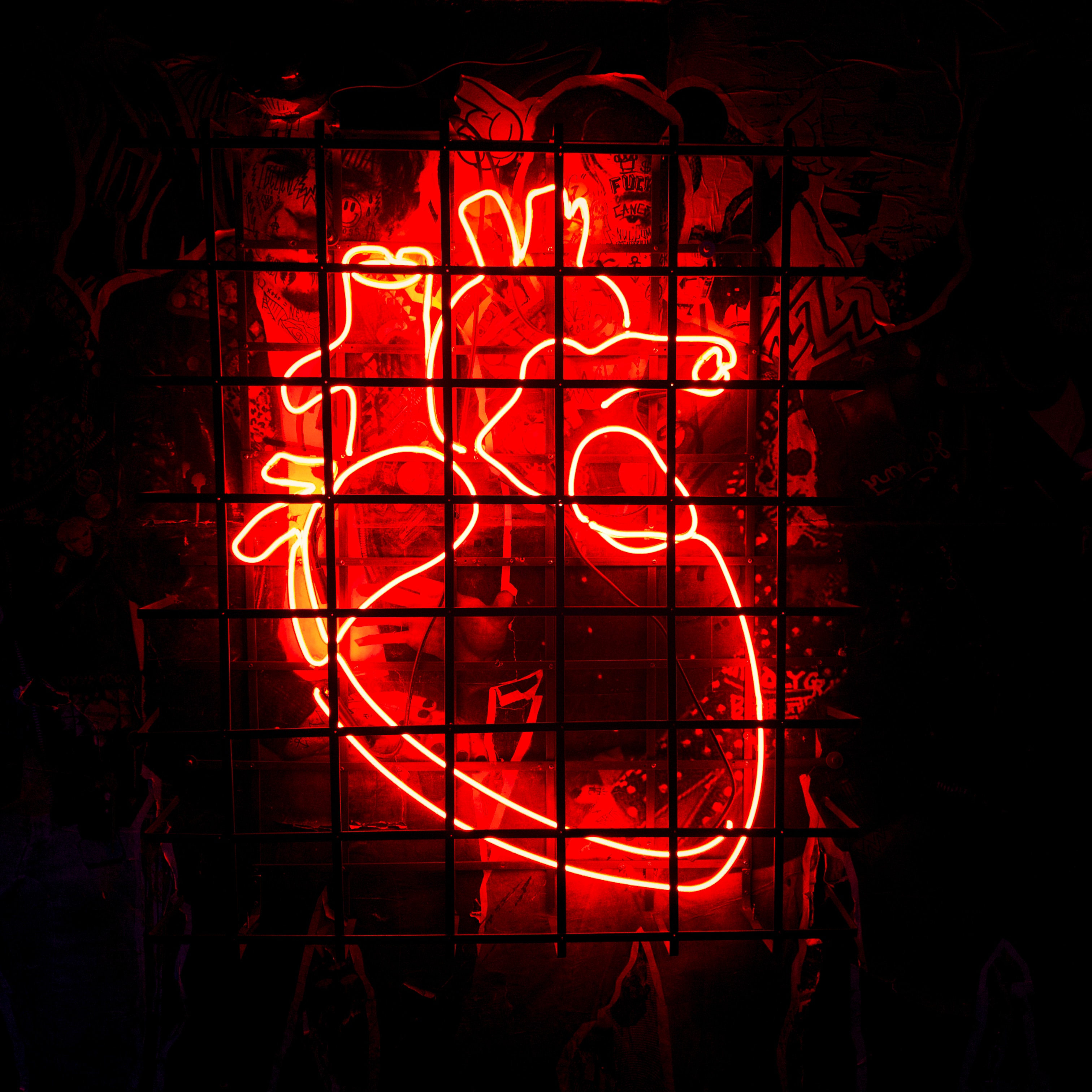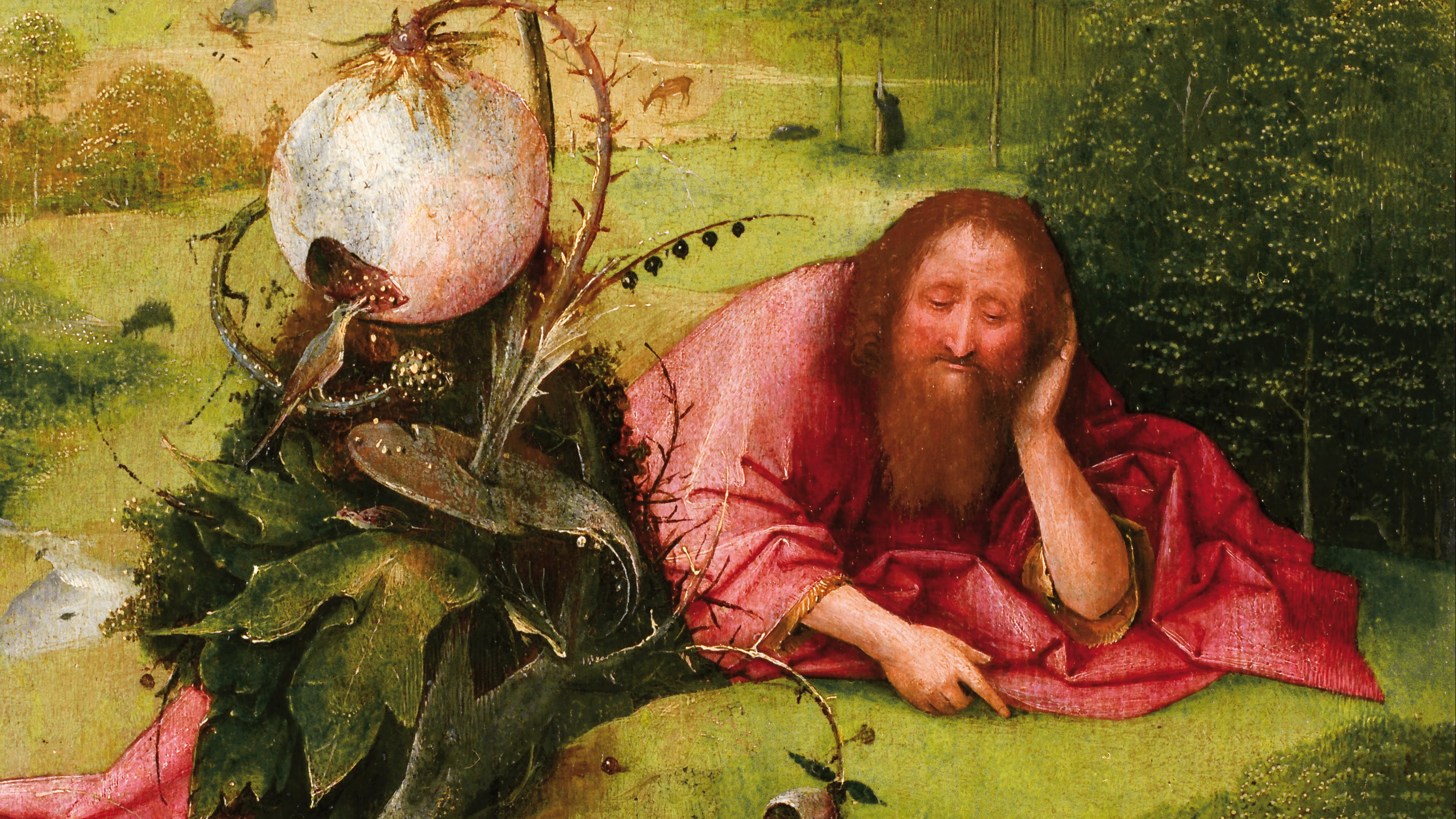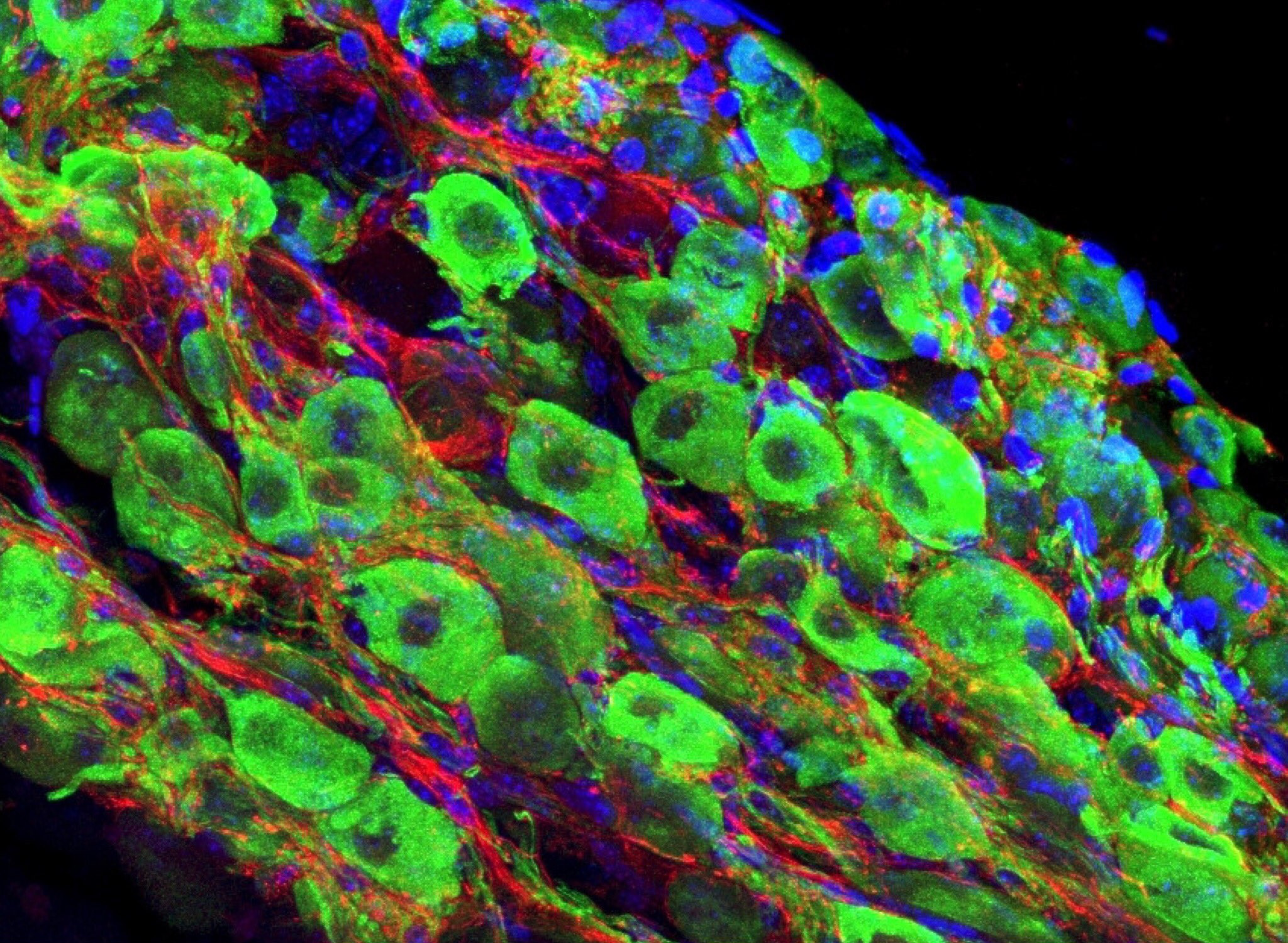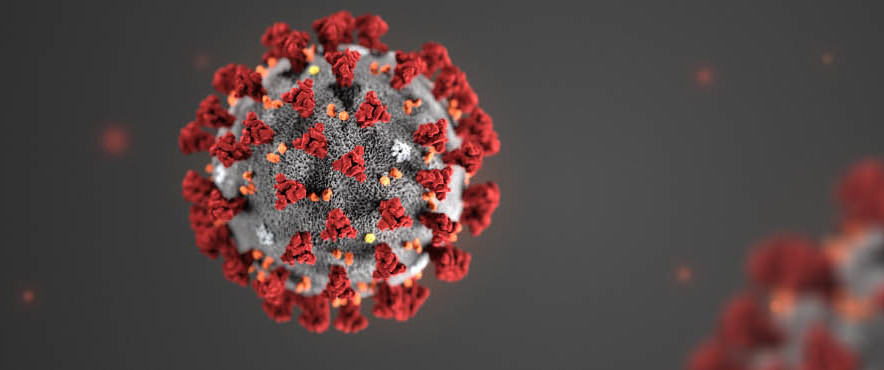Working from Home in the COVID-19 Pandemic Caused Broken Heart Syndrome

Space is Cold

Revisiting My Early SARS-CoV-2 Coverage

Why I avoid Facebook like the plague these days? Because as soon as I log on, I see a former colleague of mine (a journalist) post this, liked by a lot of other former colleagues (also journalists):

It’s dumb shit like this that makes me fear for the future of my profession. What exactly are you saying there? That scientists can’t be wrong? If you actually asked a scientist about their job, they’d probably tell you that 95% of their job is being wrong. Also, much like “journalist”, “scientist” isn’t a protected job title. Anyone can be a scientist. In fact, much like being a journalist, being a scientist is a way of thinking more than anything else. Not to mention that there are very different sciences that work very differently from each other.
I don’t understand how these guys think. Are you only a scientist if you have a PhD? Are you only a scientist if you work at a university? And does this then mean you are automatically right about your job and me, a journalist (not a scientist), is automatically wrong? You can’t be possibly that naïve! These guys probably think somebody who’s not a journalist is not allowed to tell a journalist when the journalist is wrong about journalism, right? It’s hard for me to even imagine a more unscientific way of thinking than exhibited by whoever made this meme.
Facebook indeed seems to actively destroy intelligence in people. There’s no other way I have at my disposal to understand this Homer Simpson-esque behaviour. “Ha ha… Look! Smart text on image!” CLICK “I like!”
Science never sleeps. Certainly not during the holidays. My wife has just published a new paper on the autonomic nervous system and its role with respect to cardiac electrophysiology.
→ Location, Dissection, and Analysis of the Murine Stellate Ganglion, Scherschel, Bräuninger et al., JoVE
The autonomic nervous system is a substantial driver of cardiac electrophysiology. Especially the role of its sympathetic branch is an ongoing matter of investigation in the pathophysiology of ventricular arrhythmias (VA). Neurons in the stellate ganglia (SG) – bilateral star-shaped structures of the sympathetic chain – are an important component of the sympathetic infrastructure.
The SG are a recognized target for treatment via cardiac sympathetic denervation in patients with therapy-refractory VA. While neuronal remodeling and glial activation in the SG have been described in patients with VA, the underlying cellular and molecular processes that potentially precede the onset of arrhythmia are only insufficiently understood and should be elucidated to improve autonomic modulation. Mouse models allow us to study sympathetic neuronal remodeling, but identification of the murine SG is challenging for the inexperienced investigator. Thus, in-depth cellular and molecular biological studies of the murine SG are lacking for many common cardiac diseases.
Here, we describe a basic repertoire for dissecting and studying the SG in adult mice for analyses at RNA level (RNA isolation for gene expression analyses, in situ hybridization), protein level (immunofluorescent whole mount staining), and cellular level (basic morphology, cell size measurement). We present potential solutions to overcome challenges in the preparation technique, and how to improve staining via quenching of autofluorescence. This allows for the visualization of neurons as well as glial cells via established markers in order to determine cell composition and remodeling processes. The methods presented here allow characterizing the SG to gain further information on autonomic dysfunction in mice prone to VA and can be complemented by additional techniques investigating neuronal and glial components of the autonomic nervous system in the heart.
Since JoVE is a video journal, there soon will be a video version of the paper. Which should have some nice visuals. Just look at this beautiful microscopy!

Image: Dr. Katharina Scherschel
These images are amazing. And terrible. So terrible.
Today in 1970, France conducted “Licorne,” its fourth H-bomb test—and 36th test overall – at Mururoa Atoll in the South Pacific. Six hours after the 914-kt explosion, Defense Minister Michel Debrè swam in the lagoon as a publicity stunt to show it was not dangerously radioactive.


What the heck are the Russians up to now? Isn’t this exactly how Chernobyl started too?
22 /23 June 2020, RN #IMS station SEP63 #Sweden detected 3isotopes; Cs-134, Cs-137 & Ru-103 associated w/Nuclear fission @ higher than usual levels (but not harmful for human health). The possible source region in the 72h preceding detection is shown in orange on the map.

Russia said on Monday it had detected no sign of a radiation emergency, after an international body reported last week that sensors in Stockholm had picked up unusually high levels of radioactive isotopes produced by nuclear fission.
Adam Curry has released an excellent interview with Dutch data scientist and social geographer Maurice de Hond on COVID-19 and how he thinks our response to the virus outbreak was wrong. They guy seems pretty reasonable to me and he talks a lot of sense.
Well, looks like chloroquine may do more harm than good when it comes to a SARS-CoV-2 infection.
We were unable to confirm a benefit of hydroxychloroquine or chloroquine, when used alone or with a macrolide, on in-hospital outcomes for COVID-19. Each of these drug regimens was associated with decreased in-hospital survival and an increased frequency of ventricular arrhythmias when used for treatment of COVID-19.
How bad were the outcomes? About 35% more deaths and more than twice as many serious arrhythmias.
Considering that the patients largely at risk of this disease (mean age in this study: 53.8 years; 30.7% obese; 27.1% smokers) are also often patients in groups typically exhibiting undelying heart conditions, this is very bad news.
- Hydroxychloroquine or chloroquine with or without a macrolide for treatment of COVID-19: a multinational registry analysis, Mehra et al., The Lancet
Update on 24 May 2020, 18:42 CEST:
Evgeny Kuznetsov has some well argued caveats on this study.
Just read this fascinating study that traces the SARS-CoV-2 outbreak in Bavaria at the end of January. They had one infectious person coming in from China and were able to completely trace all infection paths – including genome sequencing of virus samples from all patients and mapping how the virus mutated.
- Investigation of a COVID-19 outbreak in Germany resulting from a single travel-associated primary case: a case series, Böhmer, Buchholz, Corman et al., The Lancet – Infectious Diseases
A collection of uncensored media reports from Ground Zero of the SARS-CoV-2 outbreak in Wuhan, China. Obviously, I have no idea how credible any of this is.
Update on the Coronavirus Situation

Coronavirus
